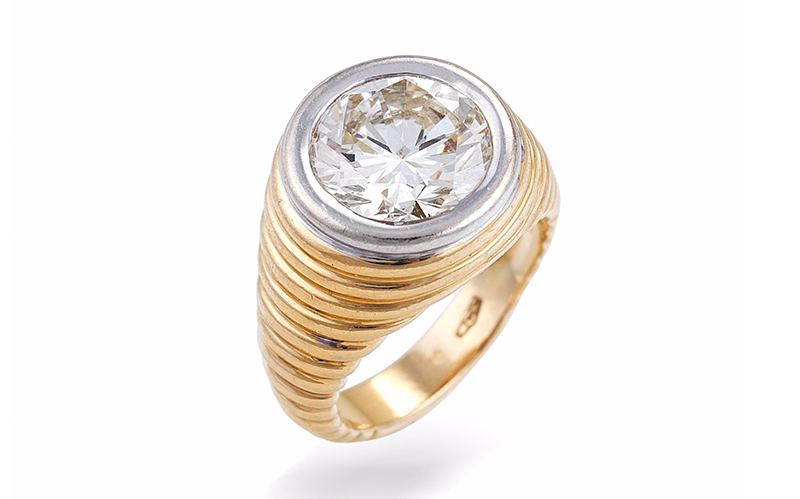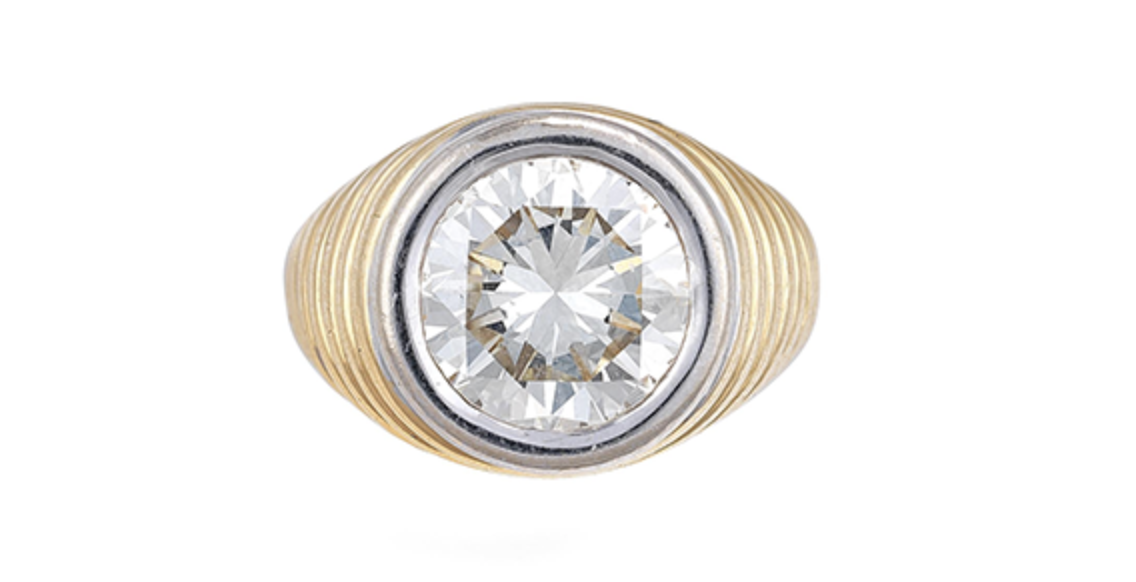
A diamond is everlasting! Not least because of its unique hardness: the hardness of a gemstone is defined by the so-called Mohs hardness scale. The scale for determining the scratch hardness was introduced about 200 years ago by the Viennese mineralogist Friedrich Mohs. It is based on the resistance of a mineral when scratched with a sharp object. The Mohs hardness scale has 10 different hardness comparisons. The hardest grade is number 10 which is diamond.
The term brilliant describes the cut, English Cut, and includes one of the 4 C’s (carat, cut, color, clarity), which determine the value of a diamond.
Since the 13th century, more and more diamonds came to Europe from India and experiments were done to emphasize the brilliance of the stone with various very rudimentary cuts. But it was not until the middle of the 15th century that the Belgian Louis de Berquem, who trained as a stone cutter in Paris, succeeded in developing a cut with a remarkable result: he is considered the inventor of the brilliant cut. A brilliant-cut diamond is a round-cut stone with a total of 56 facets and a flat top. With the symmetrical positioning of individual facets, the reflection of the light entering the stone is significantly increased to create a captivating diamond that sparkles and shines.














